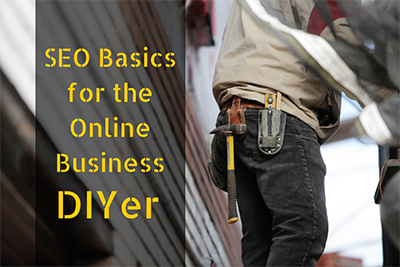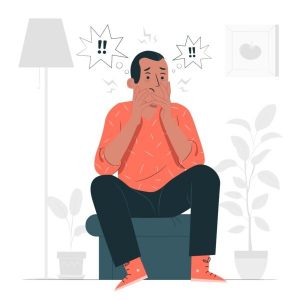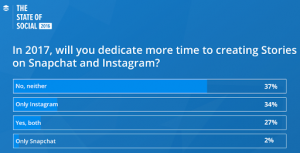
Five minutes of exposure to any form of today’s media—TV, magazines, the blitzkrieg of emails from trendy companies you don’t remember giving your email address to—will tell you that we’re living in the Do-It-Yourself era. Grow a vegetable garden on your windowsill! Get that kitchen you always dreamed of! Cook Thai cuisine at home! The ever-growing lineup of home renovation shows and YouTube videos on How to Trick People into Thinking You’re Good Looking are now being joined by another category of DIYers: the online entrepreneurs. Where we used to see ads for designer business cards, now it’s all about website design (GoDaddy.com, WhoIs.com, and Wix.com, to name a few). More and more self-starters are taking their businesses online without the help of web designers. So how do you know if you’re doing it right?
Successfully marketing your business online is more than simply having a pretty website (though we certainly appreciate the pretty ones too). The DIY website operator needs one very important tool in his or her skills toolbox: search engine optimization (SEO). Without it, your site will be about as visible as a sandwich board on the side of a dirt road in back-country New Mexico.
So what is SEO, anyway?
SEO is what makes your website show up in Internet searches; knowing some SEO basics can mean the difference between being on page 1 or page 237 of Google search results. You want to make sure your website will be found easily by potential customers.
Can I really do SEO on my own?
Yes, yes, a thousand times, yes! Okay, so maybe you don’t need to be as dramatic as a Jane Austen heroine, but celebration is definitely in order. SEO doesn’t require coding or even knowledge of HTML; it’s about word choice and placement. What’s that? Could it really be that simple? The following SEO tips for beginners should get you started.
1. Use your words
Choose your keywords carefully (these being the words potential visitors are likely to enter into a search engine), and direct their placement even more so. Your primary keyword should be in the page’s URL, your content’s title, the page description, and ideally in the first 50 words of your body text. Keywords should appear throughout your content but not so often as to make the writing feel clumsy or spammy.
2. Tag, you’re it!
Don’t neglect your alt tags and image tags! With every image and link on your page, you have an opportunity to pump up your keyword usage. These tags (the text that appears when you hover your mouse over an image or link) should always be filled in with a concise label or description that contains your primary keyword.
3. A picture is worth a thousand clicks
A trick to jumping ahead in search engine rankings is to use different forms of media. Not only will eye-catching images and interesting videos appeal to visitors to your website, but they’ll also show up in image or video searches and even in regular web results. As Google displays the most relevant videos and images at the top of its results pages, you can sneak into visibility ahead of even the best-optimized text-only websites.
4. Content is king, but you don’t have to be a prince from Bel Air to be fresh!
We can’t stress enough the importance of fresh, relevant content. Visitors to your website won’t stick around (or come back) if what they find was last updated in 2002. That being said, constantly posting updates just for the sake of updating while falling behind on real need or quality won’t help you. Be mindful of what you’re saying when you post. Are you addressing the current needs and inquiries of your customers? Are you staying up to date and on top of trends? Determine a reasonable strategy, whether it means daily social media posts, posting blogs or articles two to three times a week, or seasonal promotions.
5. Feel the need—the need for speed!
Nobody likes a sluggish website. When the next option is only a click away, the chances of a potential customer actually waiting for a stalling website to load are slim to none. Cut down on bandwidth-hogging applications like Flash or JavaScript, and compress your files and images. Page speed is factored into search engine rankings.
6. Stay mobile
The popular build-a-site websites we mentioned earlier each come with arsenals of free templates for the not-so-technically-inclined. Make sure to choose one that is also designed to suit mobile devices. Not only are visitors unlikely to stay on your page if it isn’t readable on their phones and tablets, but Google is now factoring mobile optimization into its ranking system.
7. ‘Cause it’s all about those links, ’bout those links, no bouncing!
Basic but beautiful is the concept of linking back to your own website. Every time you post new content, include a link back to your site, be it to your homepage, landing page, or archive. If you’re using social media to market your business (and you really should be), include links to your website in your posts. Finally, establish relationships with relevant websites so that you can provide links to each other’s sites. Each link means more potential traffic and a greater chance of appearing in search engine results; just make sure that links to your site are appearing on legitimate, relevant pages.
How do I know if it’s working?
What is success if you can’t see it? Take a moment now to sign up for Google Analytics. This comprehensive system of tools lets you track who your customers are, what it is they need, what they’re looking at on your website, and how they’re reacting to it. You can also monitor what paths bring visitors to your website and from what kinds of devices so that you can continue tweaking your site to further drive traffic and conversions. From there, the power is all yours!
Image sources: Leeroy/stocksnap.io, hingoba/pixabay.com
(322)







